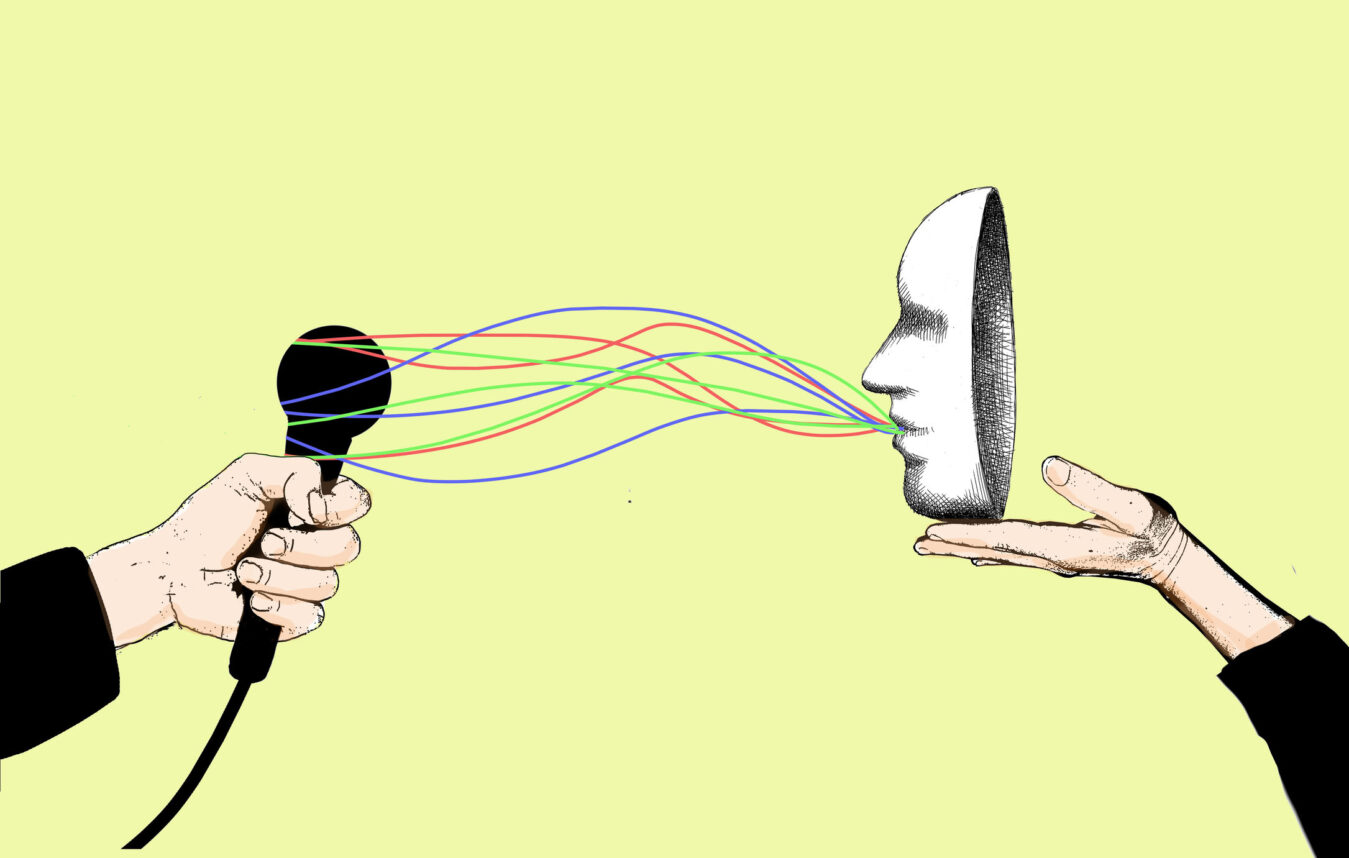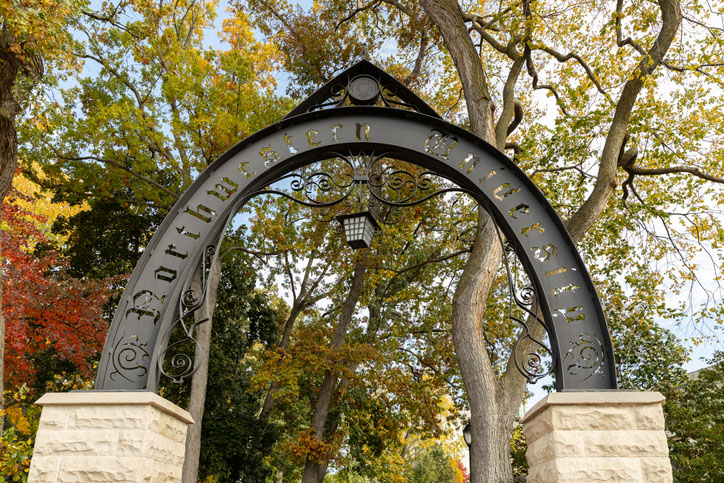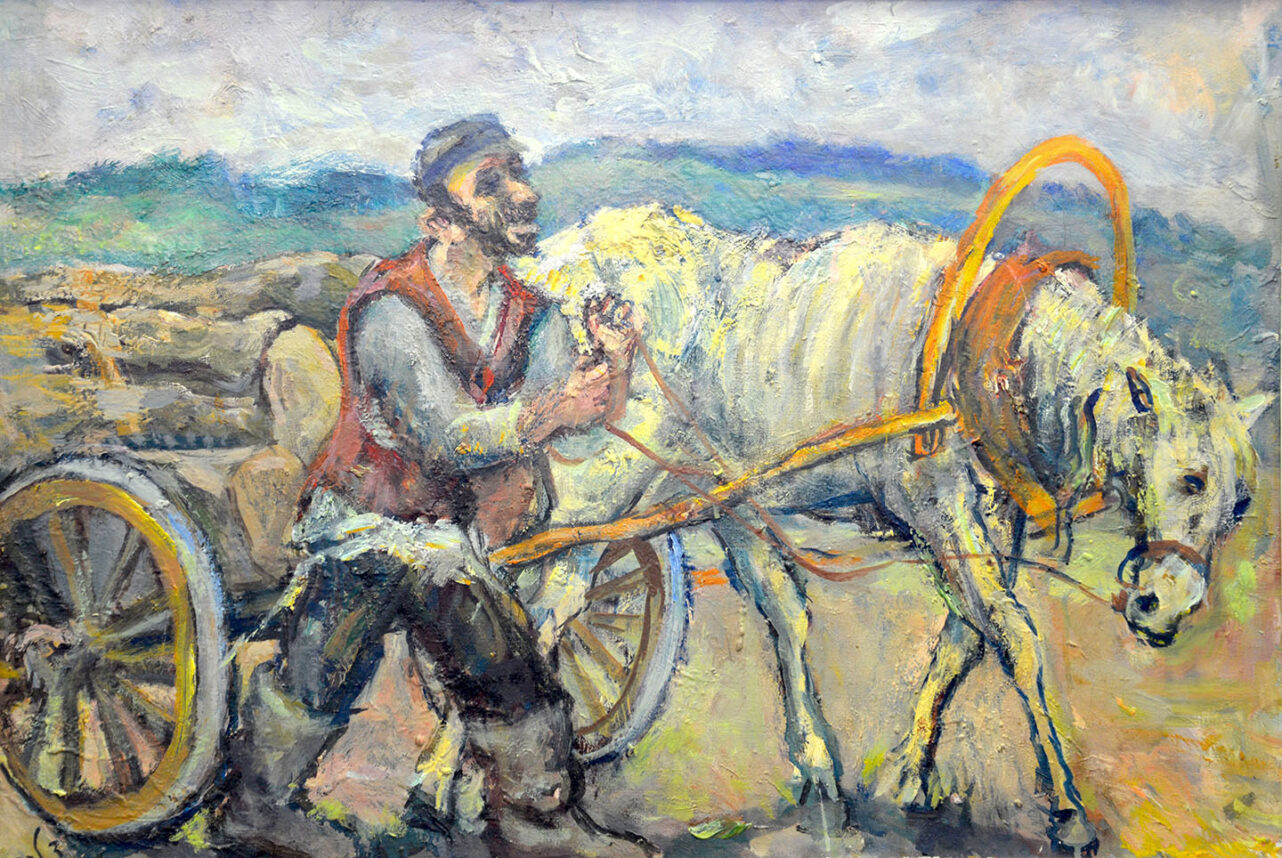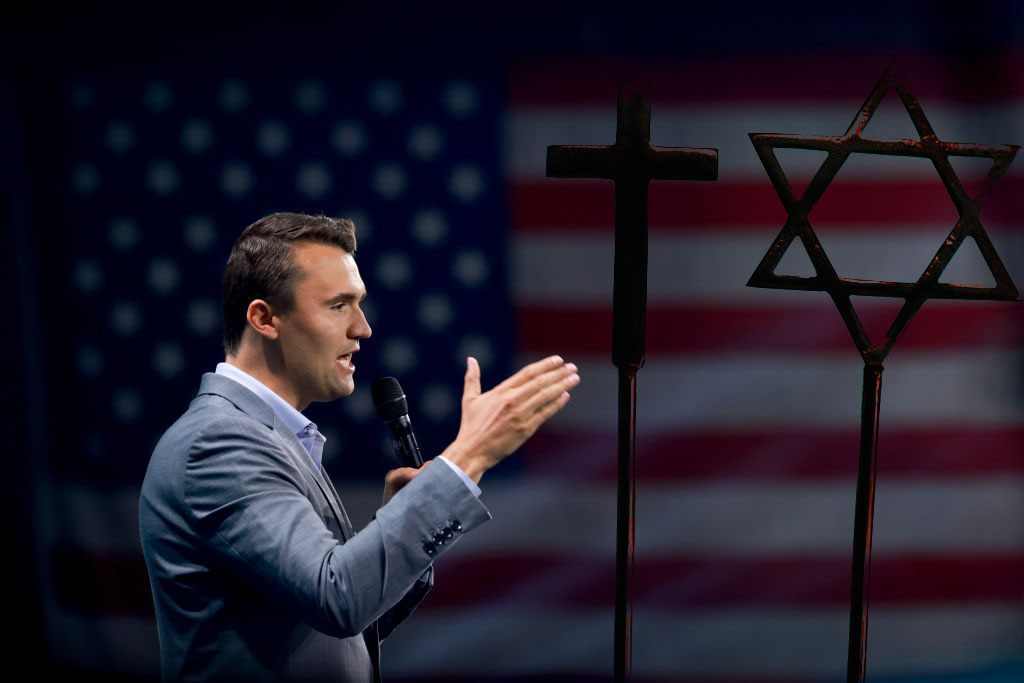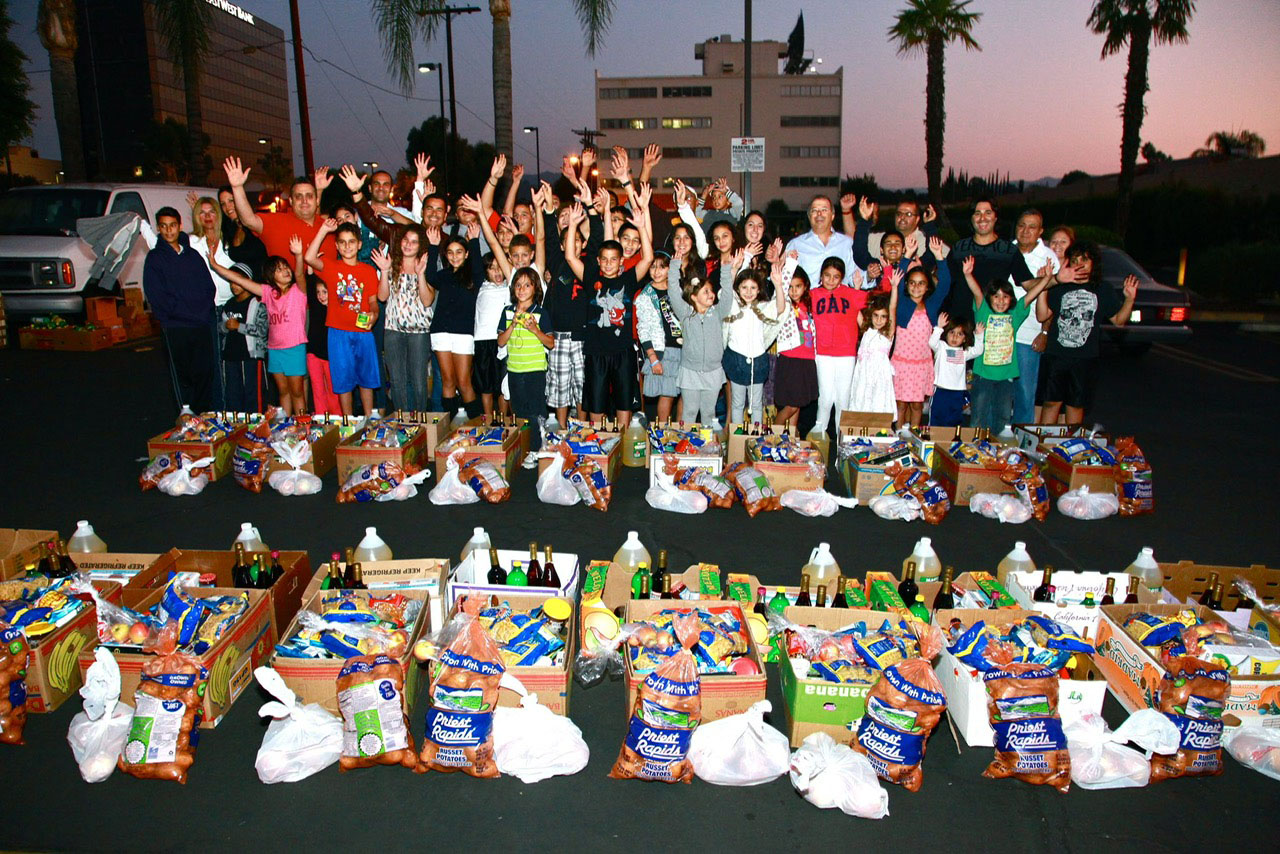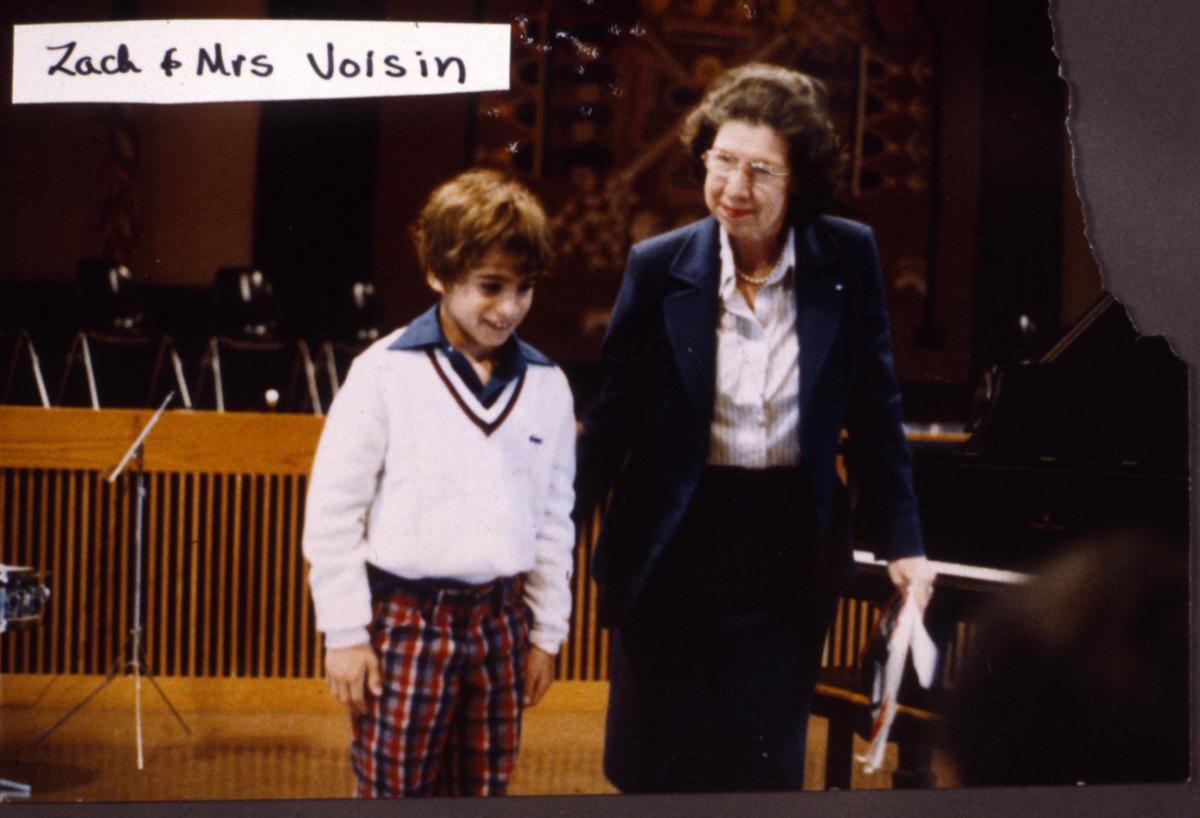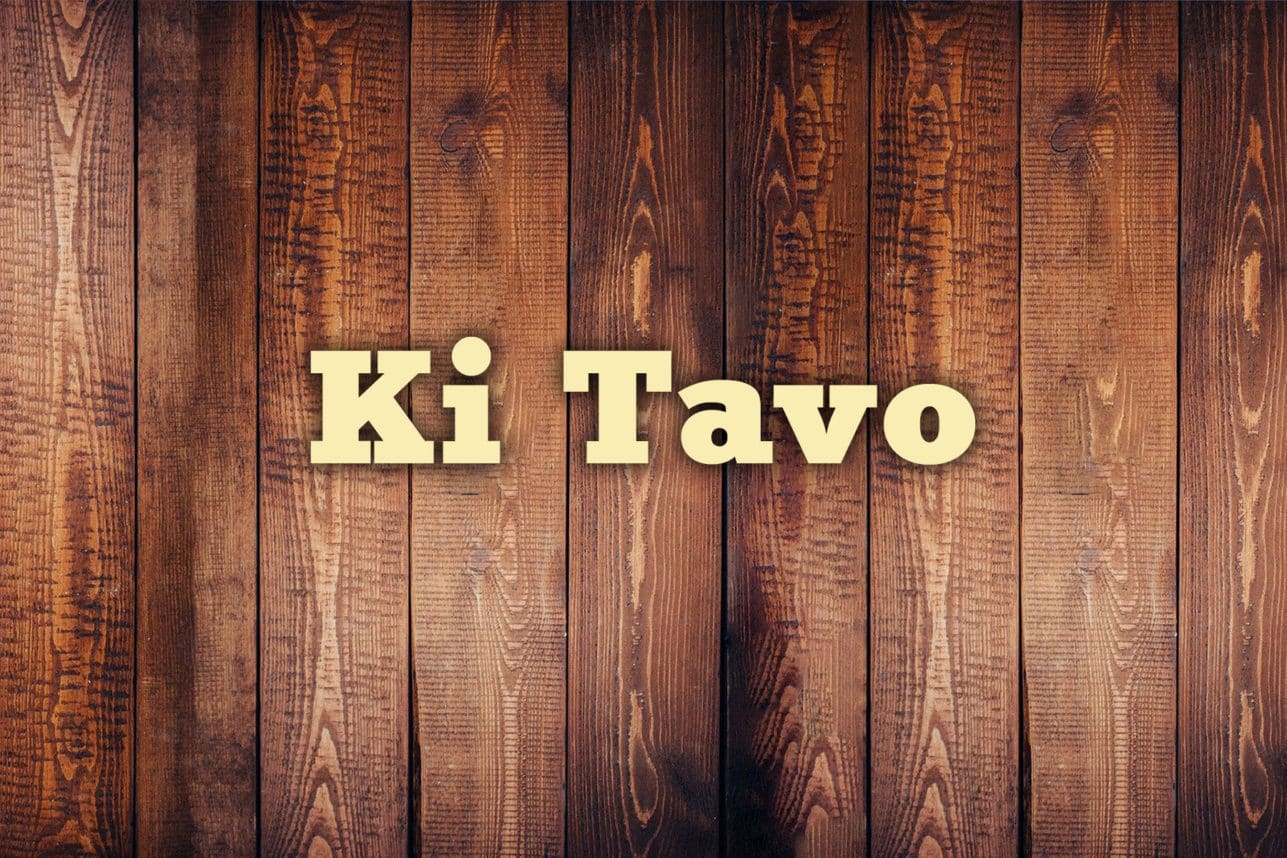
As a writer, I have a love affair with words. But even I am left at a loss for words in describing the unique shame and pain of witnessing how, for the last 45 years, my former homeland, Iran, has brutalized the homeland of my soul, Israel.
Last week, I wrote about the grim prospect of war between Israel and Iran. It’s a terrible thought, but an important one, and while I believe most American Jews can imagine what war between the Jewish State and the Islamic Republic would imply for Israelis, few may be thinking about what a post-Oct. 7 reality means for Jews of Iran, who currently comprise one of the largest Jewish communities in the Middle East outside of Israel.
American Jews, by and large, don’t know enough about Iranian Jewry. That is why, as promised last week, I want to help readers understand more about this ancient community and what is at stake for its present, as well as its future.
But I feel compelled to share something with readers that is not often mentioned by writers when reporting about the Jews of Iran: It’s an unspeakable code, an understanding, if you will, and anyone active in matters related to Iranian Jewry knows its limits. Quite simply, it is extremely difficult to write about the present-day state of Jews in Iran. If writers, even those in the West, condemn the regime too much, especially by making the grave mistake of actually quoting sources from within Iranian Jewry who might describe life as miserable, they may risk actual Jewish lives back in Iran.
But if Western journalists — and I have seen so many, including from The New York Times and PBS NewsHour — downplay the risks and paint a rosy picture of a community that is generally doing well in a Middle East otherwise plagued by violence and antisemitism, they aren’t telling the whole story.
Here are some important facts about Jews in Iran: Many scholars believe that Jews are Iran’s oldest religious minority, having lived there nearly 2,700 years (if you count the first 100 years of Jewish captivity in Babylon, after the fall of the First Temple). Jews lived in Iran, which until 1935 was known as Persia, for over 1,000 years before the arrival of Islam. The land — its language, culture, prose and history — is ingrained in us, whether we still live in Iran or escaped in the last four decades and resettled in countries such as the United States, Israel, Canada or Italy.
Before the 1979 Islamic Revolution that ousted the Westernizing, secularizing Shah Mohammad Reza Pahlavi, there were nearly 100,000 Jews in Iran. Today, that number is less than 10,000, according to Israeli sources, though the regime (and Jewish leaders in Iran themselves) often elevate that number to 20,000.
Before the 1979 Islamic Revolution that ousted the Westernizing, secularizing Shah Mohammad Reza Pahlavi, there were nearly 100,000 Jews in Iran. Today, that number is less than 10,000, according to Israeli sources, though the regime (and Jewish leaders in Iran themselves) often elevate that number to 20,000.
Why? It’s simple: It is in Iran’s best interest to boast that it has a large, thriving Jewish population, especially when the regime is slammed with accusations of antisemitism as a result of everything from funding billions of dollars to terrorist organizations such as Hamas and Hezbollah, to executing over 20 Jews since 1979 and hosting Holocaust cartoon contests.
It’s no secret that Iran helped plan Oct. 7, and, as Mark Hetfield, president and CEO of HIAS (formerly known as the Hebrew Immigrant Aid Society) told me, “Conditions in Iran — in particular for Jews — have deteriorated even further after Oct. 7.”
How do Jews fare in Iran today, especially during the last four months? More than ever before, they find ways to survive.
It should be noted that in Iran, Jews (and Christians, Zoroastrians and other recognized religious minorities, excluding Baha’is) are considered a protected religious minority, and Jews and Christians are a people of the “ketab” (book/Bible). And unlike Jews who escaped Arab countries long ago, Iran’s Jews are not currently harassed or being killed.
Again, optics are vital to the regime and the last thing it needs now, while it demands a better deal from the West and seeks to sabotage Saudi-Israel relations, is news that it has executed members of its own Jewish community, especially after Oct. 7.
Jews in Iran have synagogues, access to kosher meat (and wine for Shabbat, despite a national ban on alcohol) and one Jewish member of parliament to represent their community. In 2014, the regime extended a much-appreciated gesture to the Jewish community by unveiling a monument that honored Jewish soldiers who had fallen during the Iran-Iraq War (1980-1988), in which over one million people died. That gesture helped Jews feel recognized as an identity by which they have always viewed themselves: Iranian. Still, the Jews of Iran live in a perpetual state of saying and doing anything that is necessary in order to survive. It’s not easy living in a theocratic state in which Zionism is punishable by death.
Last Passover, some Jewish communities were forced to cancel Passover events in order to participate in the country’s annual “Quds Day,” celebrating Palestinian “resistance” and demanding an end to “the Zionist entity.” In October, shortly after worldwide false reporting that the IDF had bombed a hospital in Gaza, fanatics burned Israeli flags at the tombs of Esther and Mordechai in the northern town of Hamadan. The tomb is the holiest site in Iran for Jews, and as Iran expert Alireza Nader wrote on X, “This is the first time such an event has taken place within the grounds of the tomb.”
In what may have been a first, after Oct. 7, the regime warned its Jewish citizens to cut all ties with relatives in Israel. According to Iran International, which is based in the U.K., Jews in Tehran and Shiraz received phone calls warning them not to be in contact with family in Israel.
As you can guess, many Jews immediately left WhatsApp groups and even blocked messages from loved ones in Israel. According to Iran International, Iran’s attorney general “criminalized any action aimed at confirming, strengthening and consolidating Israel in cyberspace.”
Imagine that: Leaving a WhatsApp group chat with family in Israel because you are afraid of being arrested (or worse). Sometimes, I wonder if we appreciate the special freedoms we enjoy in this country.
Most notoriously, on Oct. 30, hundreds of Jews in Iran were forced to march against Israel in what became the largest anti-Israel demonstrations by Jews since 1979 (those demonstrations also occurred under intense pressure to keep the Jewish community safe by towing an anti-Israel line). Images and videos of Jews in five Iranian cities — Tehran, Shiraz, Isfahan, Yazd and Kermanshah — mostly men wearing yarmulkes and holding signs condemning the Jewish State, went viral.
The forced protests even prompted a spokesperson from the State Department to announce that the Biden administration acknowledged that the protests were coerced, according to Voice of America (VOA). The spokesperson called the pressure against religious groups reprehensible, adding, “Iran’s apparent exploitation of this conflict to advance its repression and propaganda against its Jewish community is abhorrent.”
If it was possible to find humor in all this, it came in the form of a response issued by Iran’s U.N. mission in New York, which sent VOA a statement regarding criticism from the U.S.: The regime compared the Jews it forced to protest in Tehran with leftist American Jews who protested against Israel in Washington, D.C. on Oct. 18.
Asking whether these American Jews had also been “subject to pressure,” Iran’s U.N. mission declared that “Iranian Jews, akin to other Jews worldwide … are indeed fed up with the egregious crimes committed by the occupying regime [Israel] against innocent Palestinian women and children.”
Yes, we all know that Jews in Iran enjoy as much agency and freedom to condemn Israel as a bunch of left-wing American Jews who have, more or less, been allowed to shut down everything from freeways to airports because they live in a democracy.
I asked Dr. David Menashri, founding director of the Alliance Center for Iranian Studies at Tel Aviv University, whom I also quoted in last week’s column, one not-to-simple question: Are today’s Jews of Iran safe?
Like me, Menashri knows what’s at stake in offering an inaccurate response that might suggest that Iran’s Jewish community currently faces existential peril. I’ve known Menashri, one of the world’s foremost Iran experts, for nearly two decades and admire that his research-driven approach to studying Iranian Jews, including those who live in Israel, is imbued with compassion and humanity.
“Are Jews safe in Iran today?” he asked me, mirroring my question. “When there is a trend of [government] denial of the Holocaust and shouts of ‘Death to Israel!’ Jews, no matter where they live, cannot be indifferent to such messages,” he said. “Iran’s government isn’t actively harassing Iranian Jews or pushing them out of the country, but there are the subjective feelings of the people (Jews) themselves. Iranian Jews have done whatever they can do to be faithful to Iran. Iranian Jews, no matter where they live, love Iran, are attached to the culture and to Persian civilization. You can see this in Israel, Los Angeles and elsewhere. And some remain in Iran because of their attachment to the culture.”
It’s true, despite how surprising it may be: Many Jews still choose to live in Iran, and the reasons range from old age and financial security to nationalism. “If they haven’t left in 45 years, maybe they want to live there,” said Menashri, “but again, we don’t know. All their statements from their [Jewish] leaders are in line with policies of the regime.”
Menashri also reminded me that there are two sides to every coin. “Things like access to kosher meat or a parliament member make it more pleasant for them when there are Holocaust denial conferences and other forms of antisemitism,” he said.
Menashri, who was born in Iran, also reiterated, “We can assess people by what they do or say, but not what they think,” referring to whether some Iranian Jews do sympathize more with Palestinians than Israelis.
“Antisemitism is a common phenomenon in the history of Iran, period,” he said. “So living 45 years in the Islamic regime, they [Jews] learned to live with it, and they’re not scared of being executed every day. Yes, 21 Jews have been executed since the revolution, but when you look at how many Muslims have been executed, it shows a broader trend.”
The Jews of Iran are living threads in an ancient tapestry that weaves a story of many other Jewish communities in exile, a story that recent Torah portions have highlighted in the plight of Jews in Egypt once a new pharaoh who held them in contempt took power. “When you live in the Diaspora, you live with the temperament and the development of the country you’re in,” said Menashri. “You live with the law. By our Jewish tradition, we pray for the good health of the leaders of the state. In millennia, Iranian Jews learned to adjust to be faithful to the state.”
Next week, I’ll share what options, if any, exist for Jews to currently leave Iran and offer insights from experts, including HIAS leaders, who are leading these efforts on the ground, especially in the U.S.
For now, I’ll leave readers with a final observation by Menashri, who edited a new, 600-page book in Hebrew, “Iranian Jews in Israel: Immigration, Challenges of Integration and Absorption,” which was published last month (and which I’ll report on separately): “The clear expression of Jewish feelings after the revolution is the migration of most Jews from Iran,” he said. According to Menashri, more Jews of Iranian descent live in Israel – probably more than in the rest of the world combined– because many arrived as early as the 19th century through the establishment of the State of Israel in the 1940s and 1950s.
But, he said, “For better or worse, after the Islamic Revolution, most of the Jews who emigrated from Iran have not immigrated to Israel. It can be said that the higher their socioeconomic status, the more they flew West – mainly to the large concentrations of Iranian immigrants in Los Angeles and Long Island. Iran, by contrast, one of the oldest Diasporas in Jewish History – and the largest in the Muslim World then – has fallen to a historic low.”
Tabby Refael is an award-winning writer, speaker and weekly columnist for The Jewish Journal of Greater Los Angeles. Follow her on X and Instagram @TabbyRefael









